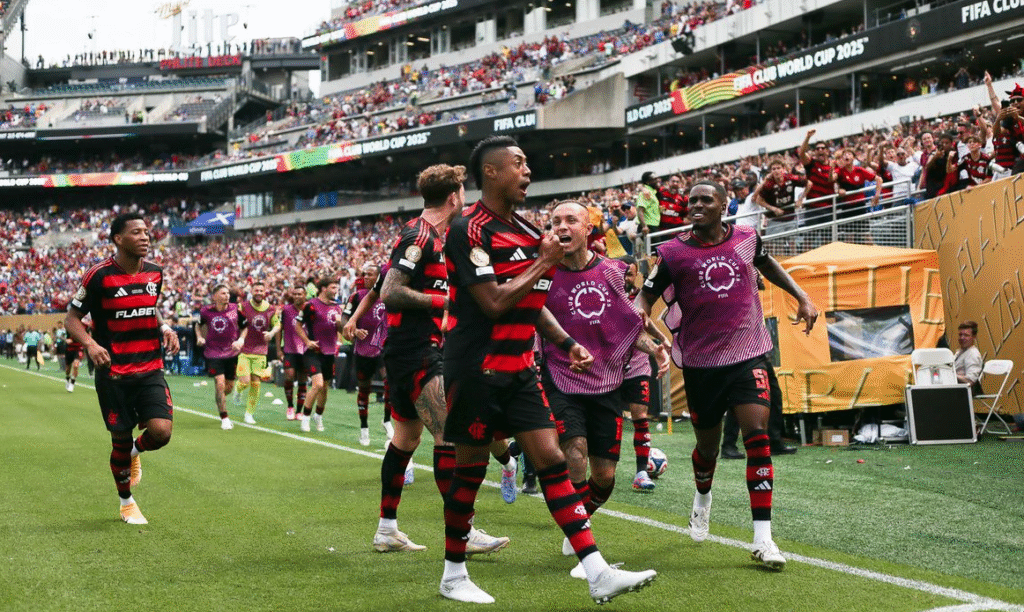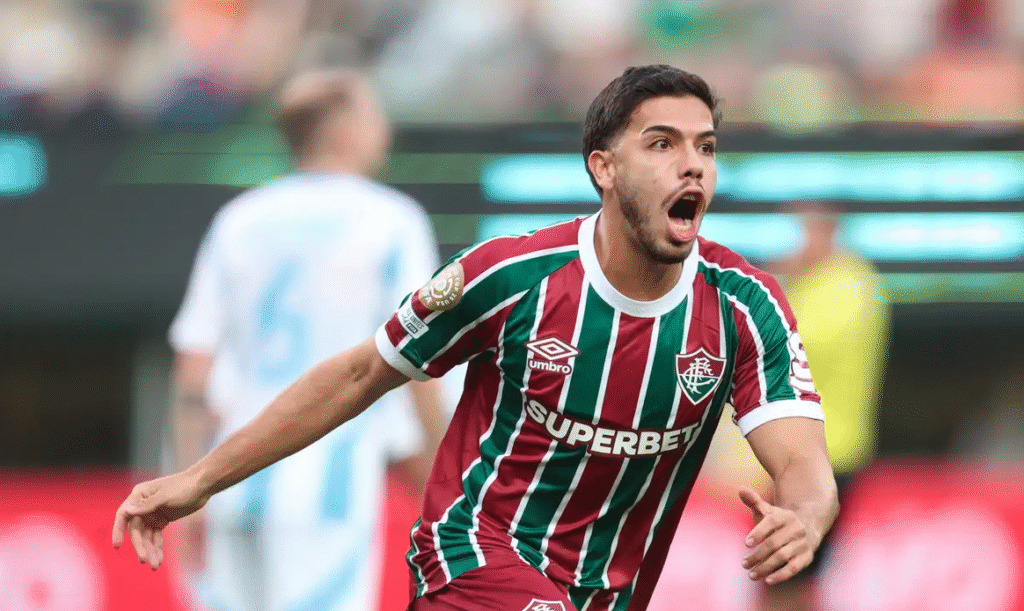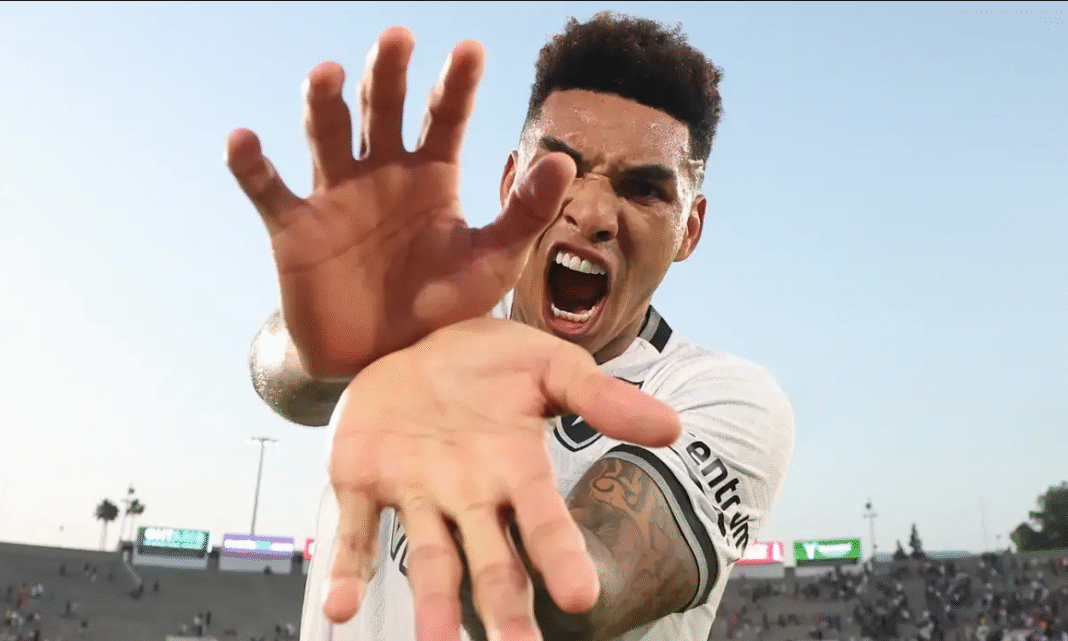The 2025 FIFA Club World Cup was more than a tournament, it was a crystal-clear preview of the cultural and economic force that football will bring to North America in 2026. With 32 clubs from around the world and over 2.4 million fans attending, the tournament revealed something organizers and brands should note carefully: Brazil’s impact on the global game is unmatched.
Brazilian Fans Drive Attendance and Tourism

According to FIFA, the tournament drew 2,491,462 fans across 63 matches, with an average of 39,547 spectators per game—numbers comparable to Europe’s elite leagues. The final between Chelsea and PSG, held at MetLife Stadium, broke records with 81,118 attendees, the highest ever for a Club World Cup match.
But the real story unfolded in cities like Miami, Orlando, and Los Angeles, where Brazilian fans, many part of the country’s vast diaspora, filled stadiums and created unforgettable atmospheres. Matches involving Brazilian clubs consistently reached near capacity. More than just spectators, these fans acted as economic engines, driving ticket sales, hotel bookings, restaurant traffic, and merchandise purchases.
Brazilians are more than passionate supporters, they’re high-value tourists. Their presence at sporting events translates into tangible gains for host cities. Their cultural enthusiasm enhances the event experience; their spending amplifies its financial return.
On the Pitch: Brazilian Clubs Deliver

All four Brazilian clubs, Flamengo, Fluminense, Palmeiras, and Botafogo reached the knockout stages, showcasing a level of technical quality and competitive depth that rivaled Europe’s elite.
- Flamengo’s 3–1 win over Chelsea stunned audiences and emphasized the strength of South American football.
- Botafogo’s victory against PSG proved the depth of Brazilian talent.
- In an all-Brazilian showdown, Palmeiras edged past Botafogo in extra time.
- Fluminense advanced to the semifinals, securing prestige and $52 million in earnings, part of the $132.6 million prize money claimed by Brazilian clubs.
This success is more than symbolic, it feeds global markets, influences player transfers, and strengthens Brazil’s international football presence.
Beyond the Stadium: The Digital Ripple
While the tournament had massive reach—2.7 billion digital impressions, 16 million visitors to FIFA.com, and over $2 billion in revenue—what matters here is how Brazilian audiences engage. Their excitement translates into clicks, streams, and shares, enhancing visibility for clubs, sponsors, and host cities alike.
All Eyes on 2026

As we look ahead to the FIFA World Cup USA 2026, one thing is clear: Brazilian fans will play a starring role, on and off the pitch. Whether backing the Seleção or traveling to support their favorite clubs, they bring energy, culture, and capital. They are not just attending—they are activating.
Cities like Miami, Houston, Los Angeles, and New York should already be crafting campaigns for this audience: from Portuguese-speaking guides to curated fan experiences and exclusive football events.
Where Brazilian football goes, passion follows. And where there’s passion, there’s impact.



